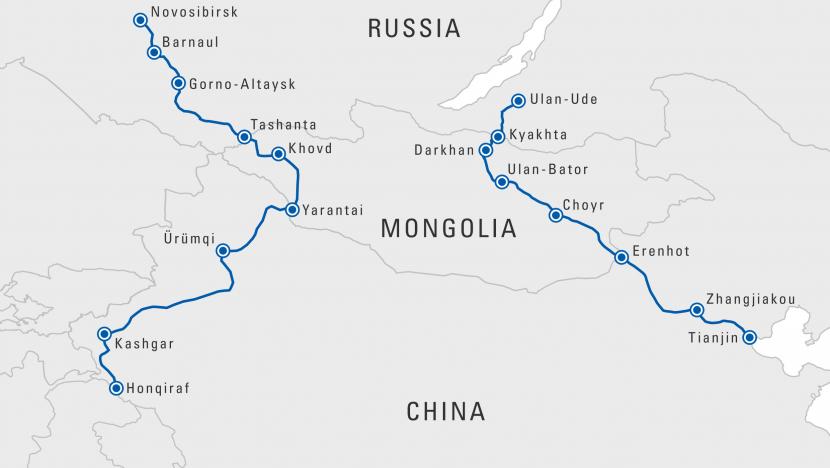A trade revolution along the Asian Highway network – connecting China and Russia via Mongolia’s key transport corridors – is the focus of a series of TIR training workshops in Ulaanbaatar, jointly organised by the National Road Transport Association of Mongolia (NARTAM) and IRU.
The meetings reinforce Mongolia’s active steps to eliminate transit barriers, reduce delivery times for overland transport, and expedite the region’s potential for more trade in the future – as outlined in the recent Intergovernmental Agreement on International Road Transport signed by China, Mongolia and Russia and reinforced by China’s accession to TIR.
Batkhuu Gavaa, President of NARTAM, highlighted the objective to enhance knowledge of the TIR system, facilitate customs control and improve competitiveness among national transport operators, while emphasising the significance of the role of international road transport for trade facilitation across the region. He also noted that,
“In order to implement the trilateral Intergovernmental Agreement, the use of the adopted, internationally recognised TIR system is the most efficient means and the best way forward. We do not need another mechanism to facilitate regional transport.”
The China-Mongolia-Russia corridors referenced in the Agreement connect the three countries via central and western Mongolia, and provide Mongolia with sea access via one of the routes. The network is among the strategic trade corridors highlighted in China’s One Belt One Road framework as well as Mongolia’s Steppe Initiative, connecting the East Asia economic circle with Europe.
Mongolia’s Ministry of Road and Transport Development and Customs General Authority will meet with IRU in parallel to exchange views on how to improve the country’s transport and transit systems.
The TIR training workshops, where IRU will engage with customs officials, representatives of the domestic transport industry and transport operators, to raise awareness on TIR and to improve the framework conditions for its use, will lay solid foundations for more cross-border traffic between the three countries.
IRU Secretary General, Umberto de Pretto, commented,
“By reinforcing the Asian Highway network, Mongolia’s trade potential will become ever more strategic to the sustainable development of the region. With China implementing TIR, regional connectivity will be significantly enhanced, benefiting international trade and hence generating economic growth.”

